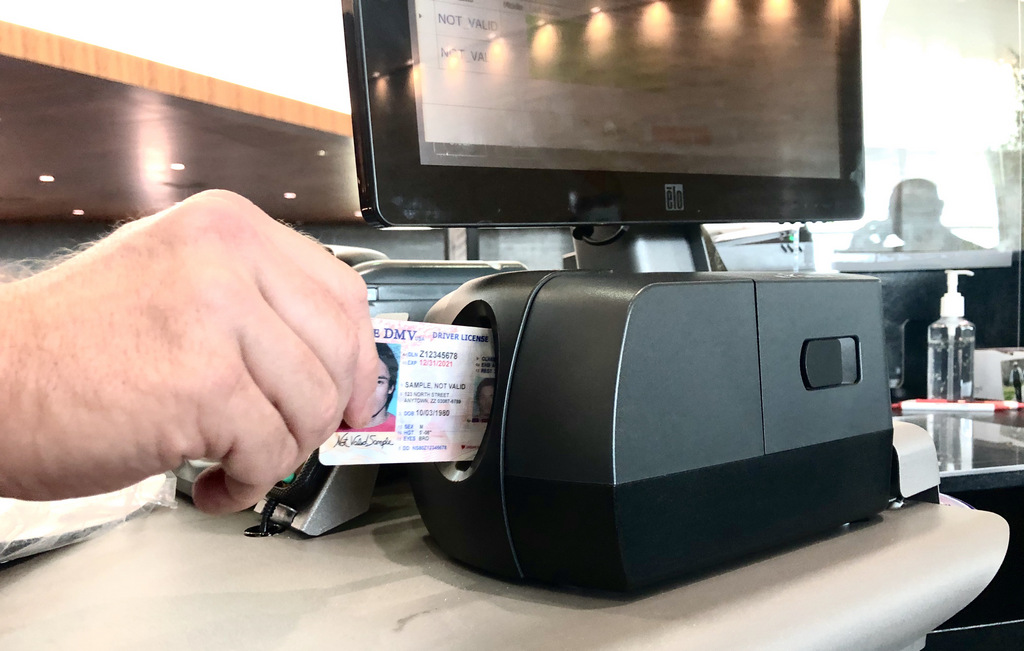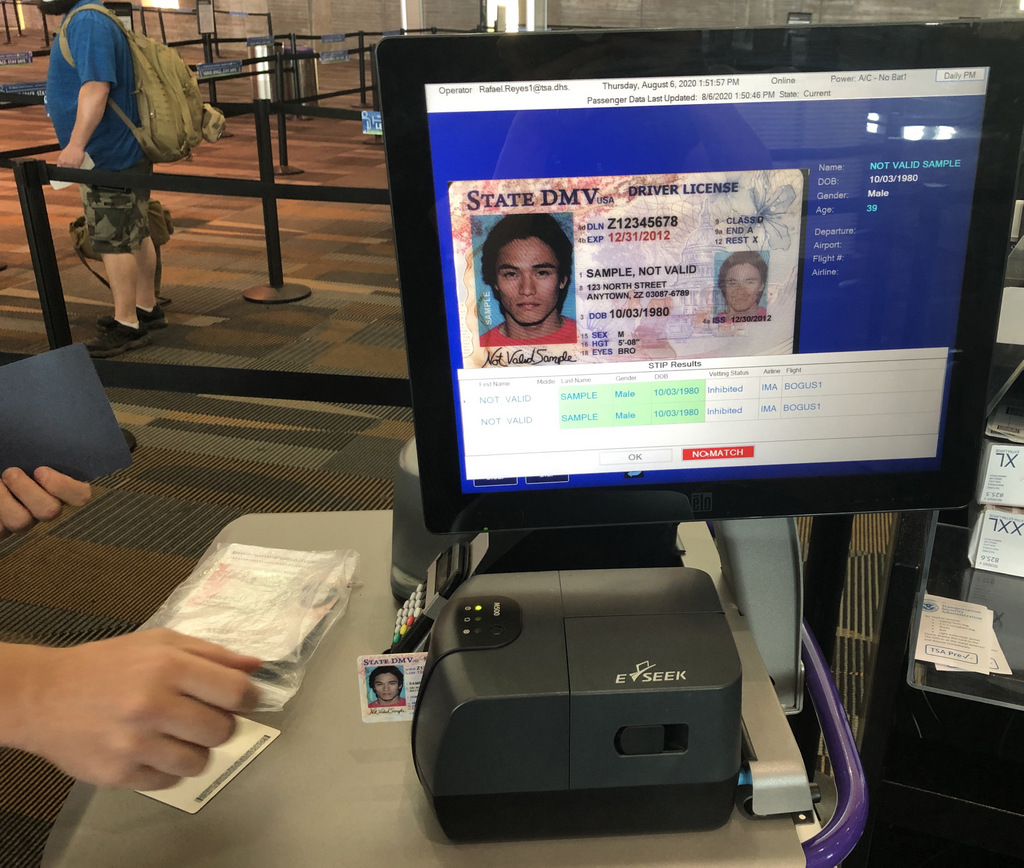In an age where touchless is preferred for a number of reasons, the Transportation Security Administration (TSA) at Tampa International Airport (TPA) is using new credential authentication technology both to improve checkpoint screening capabilities and the passenger experience.
The TSA at Tampa International Airport has nine credential authentication technology (CAT) units in use, at least one at each airside, in operation.
“This state-of-the-art technology improves upon TSA’s real-time detection of fraudulent identification documents such as driver’s licenses and passports at checkpoints and increases efficiency by automatically verifying passenger identification,” said Kirk Skinner, TSA’s Federal Security Director for Tampa International Airport.
In addition to enhancing detection capabilities for identifying fraudulent IDs, the credential system is able to confirm a passenger’s flight status through a secured connection.
“This new technology will further enhance the guest experience while ensuring the safety of all,” said John Tiliacos, Executive Vice President of Operations and Customer Service at TPA. “We are grateful for our partners at TSA and the exceptional job they do in keeping all of our passengers, guests and employees safe on a daily basis.”

At TPA, travelers insert their ID in the CAT unit. The unit scans the ID and informs the officer whether the ID is valid. In most cases, travelers who approach the TSA travel document checking podium do not have to show their boarding pass because the CAT unit verifies that the traveler is ticketed to travel out of the airport for a flight that day; however, one may be requested for travelers under the age of 18 and/or those with ID issues. Even with TSA’s use of CAT, travelers still need to check-in with their airline in advance and bring their boarding pass to their gate agent to show the airline representative before boarding their flight.
CAT units authenticate several thousand types of IDs including passports, military common access cards, retired military ID cards, Department of Homeland Security Trusted Traveler ID cards, uniformed services ID cards, permanent resident cards, U.S. visas and driver’s licenses and photo IDs issued by state motor vehicle departments.

A CAT unit consists of the passport reader, an ID card reader, a Federal personal identity verification ID card reader, a monitor, a stand, and a UV light. Each unit costs a little less than $30,000.
In addition, it is critical that travelers have their REAL ID-compliant driver’s licenses or another acceptable form of identification by the Oct. 1, 2021, deadline. The CAT units will not accept a driver’s license after Oct. 1, 2021, if it is not REAL ID-compliant.
Passed by Congress in 2005, the REAL ID Act enacted the 9/11 Commission’s recommendation that the federal government “set standards for the issuance of sources of identification, such as driver’s licenses.” The Act and implementing regulations establishes minimum security standards for state-issued driver’s licenses and identification cards and prohibits federal agencies, like TSA, from accepting driver’s licenses and identification cards from states that do not meet these standards for official purposes, such as getting through the airport security checkpoint to board a plane.
For the latest on theme parks, attractions, and more across the region, be sure to follow Touring Central Florida on twitter @androckb & @TourCentralFL, and like our Facebook page.

